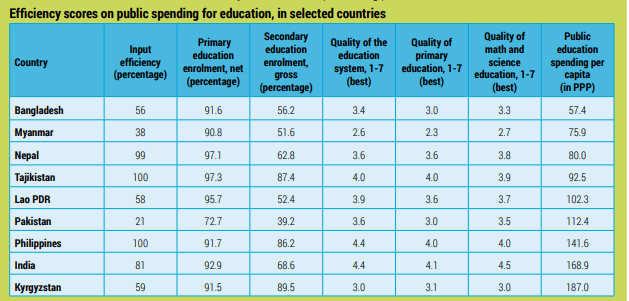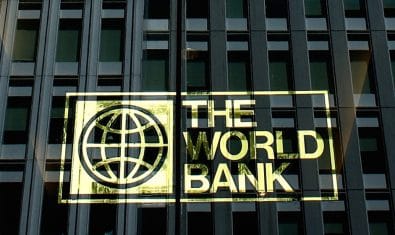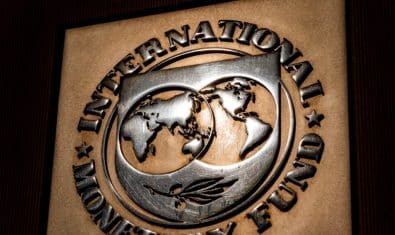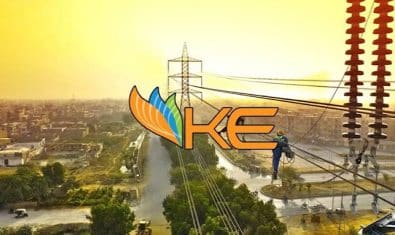The United Nations Economic and Social Commission for Asia and the Pacific (UNESCAPS), on Thursday, released a report titled The annual Economic and Social Survey of Asia and the Pacific 2019 ‘Ambitions beyond Growth’.
The Survey for 2019 calls upon the Asia-Pacific region to prioritize ambitions beyond economic growth and invest in people and the planet. This would require a reallocation of capital of about 4-5 percent of GDP, on average, in the region. Doing so would put the region on track to achieve the Sustainable Development Goals by 2030.
Economic growth in the region is predicted to moderate further to 4.5 percent in 2019, before picking up to 5.2 percent in 2020.
It forecasted that Pakistan’s GDP to remain lowest in the region at 4.2 percent in 2019 and 4 percent in 2020 compared to Bangladesh’s 7.3%, India 7.5%, Maldives and Nepal’s 6.5% each in 2019.
The report stated that the economy of Pakistan is experiencing severe balance of payment difficulties, amid large fiscal and current account deficits and mounting pressures on the currency.
The report states that Asia-Pacific developing countries on average could save more than 30 percent through efficiency gains without compromising on education performance.
The efficiency gaps could be even greater across individual countries. Pakistan, for instance, spends 20 percent more than Tajikistan in per capita public education expenditure, but underperforms Tajikistan by a significant margin in all the five indicators on education coverage and quality. Pakistan could save close to 80 percent of its current education spending to achieve the same results if it were to achieve the same efficiency level as its best performing peers.
Strengthening teaching quality and teacher training is key to achieving better educational results said the report. The Asia-Pacific region significantly increased education access and average schooling years over the past several decades, but quality remains an issue.
As of today, 92 million children in the region fail to obtain basic literacy and numerical skills even after completing primary school (World Bank, 2018).
Inflation in the developing Asia-Pacific region is forecast to increase moderately in 2019 to 4.2pc before dropping to 3.8% in 2020. However, potentially higher tariffs against the backdrop of trade tensions and rising uncertainties, currency depreciation and unfavorable weather could push up consumer and food prices.
Significant savings could be achieved through a greater emphasis on education quality and outcomes, and through better allocation of educational resources to target vulnerable groups.
There is a also a need to ensure fiscal space to help enhance competitiveness and diversification, ensuring smooth graduation from least developed country status and building resilience to natural disasters
The 2019 survey points out that achieving Sustainable Development Goals by 2030 would require an annual additional investment of $1.5 trillion for Asia-Pacific developing countries — equivalent to 5pc of their combined GDP in 2018.





























Ye Survey Hota Kab Kaha Kaise hai Decimal Main BHI Record Bata Dete hai